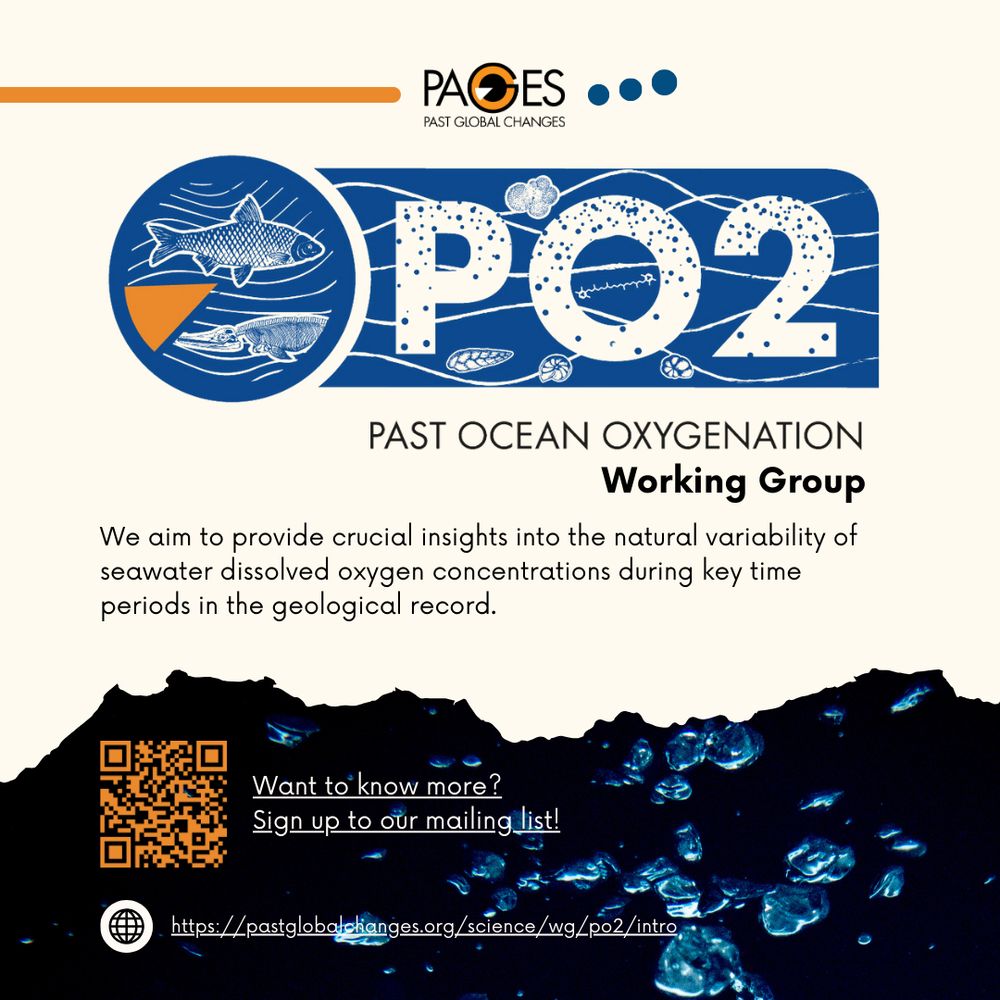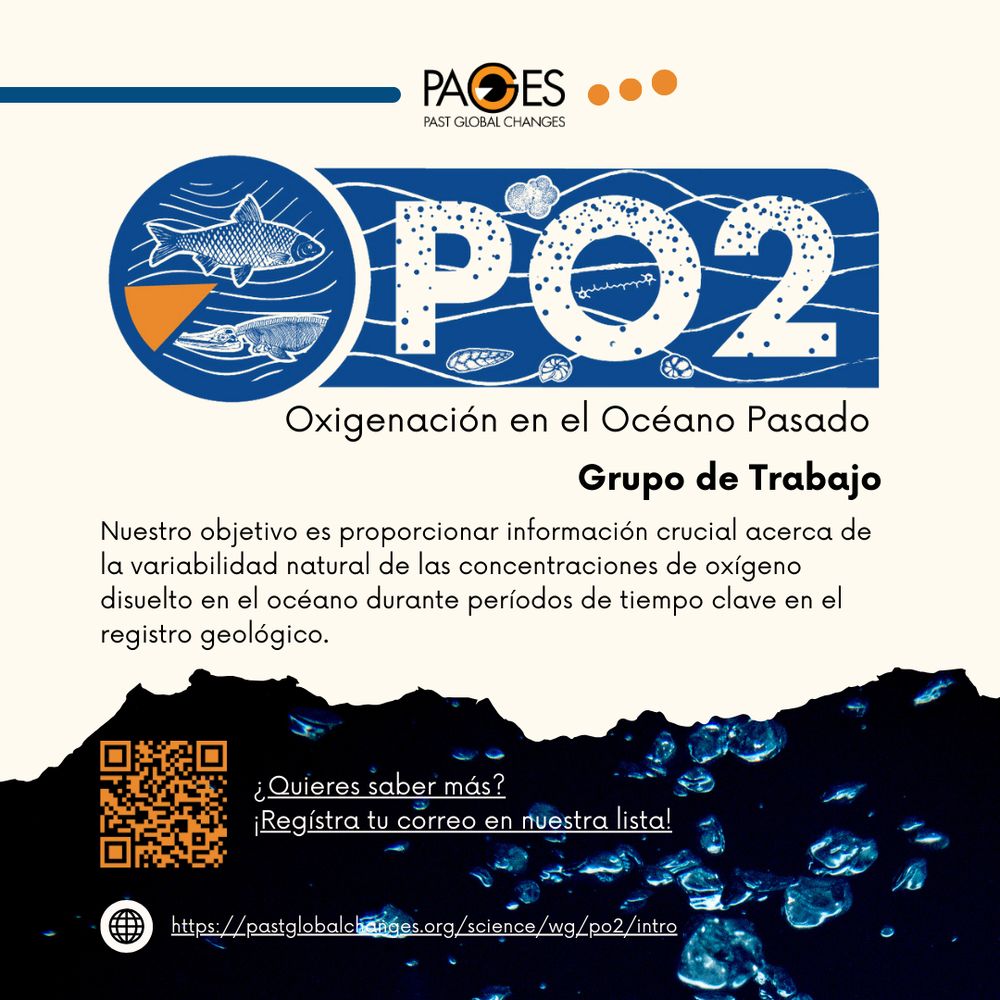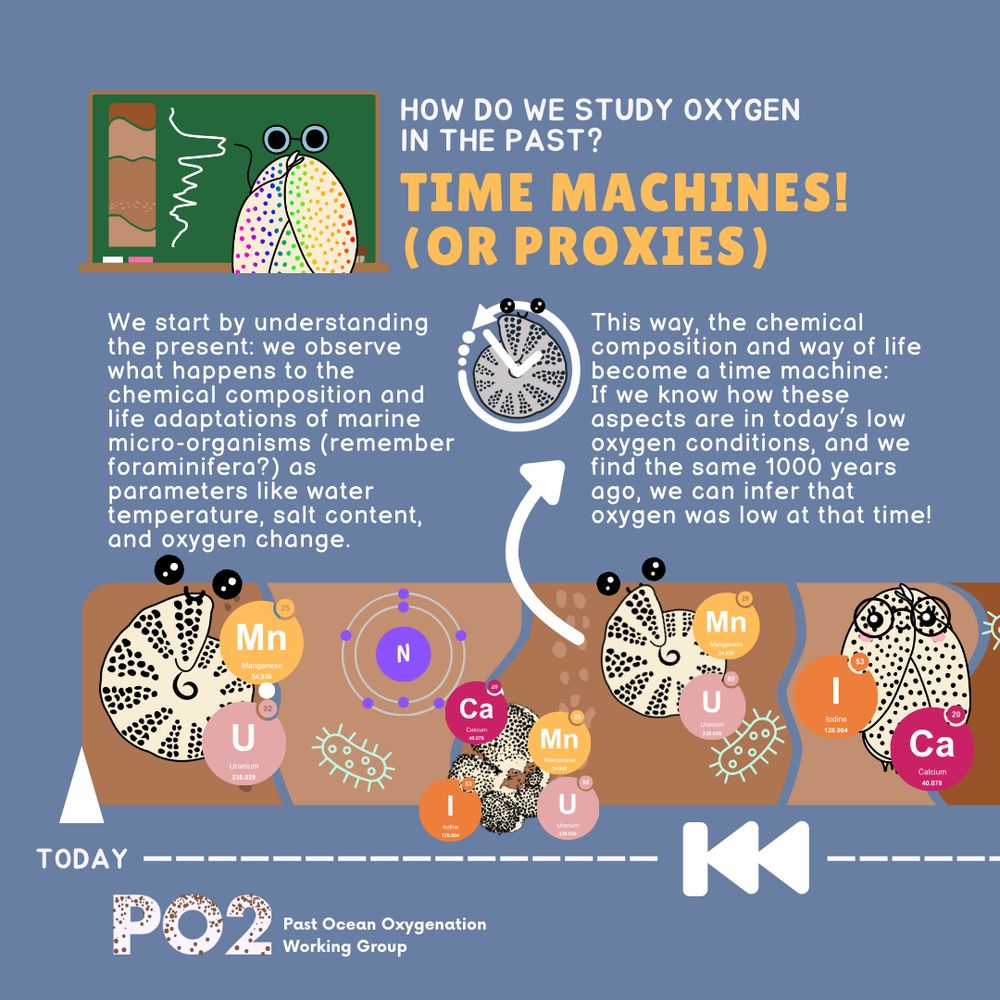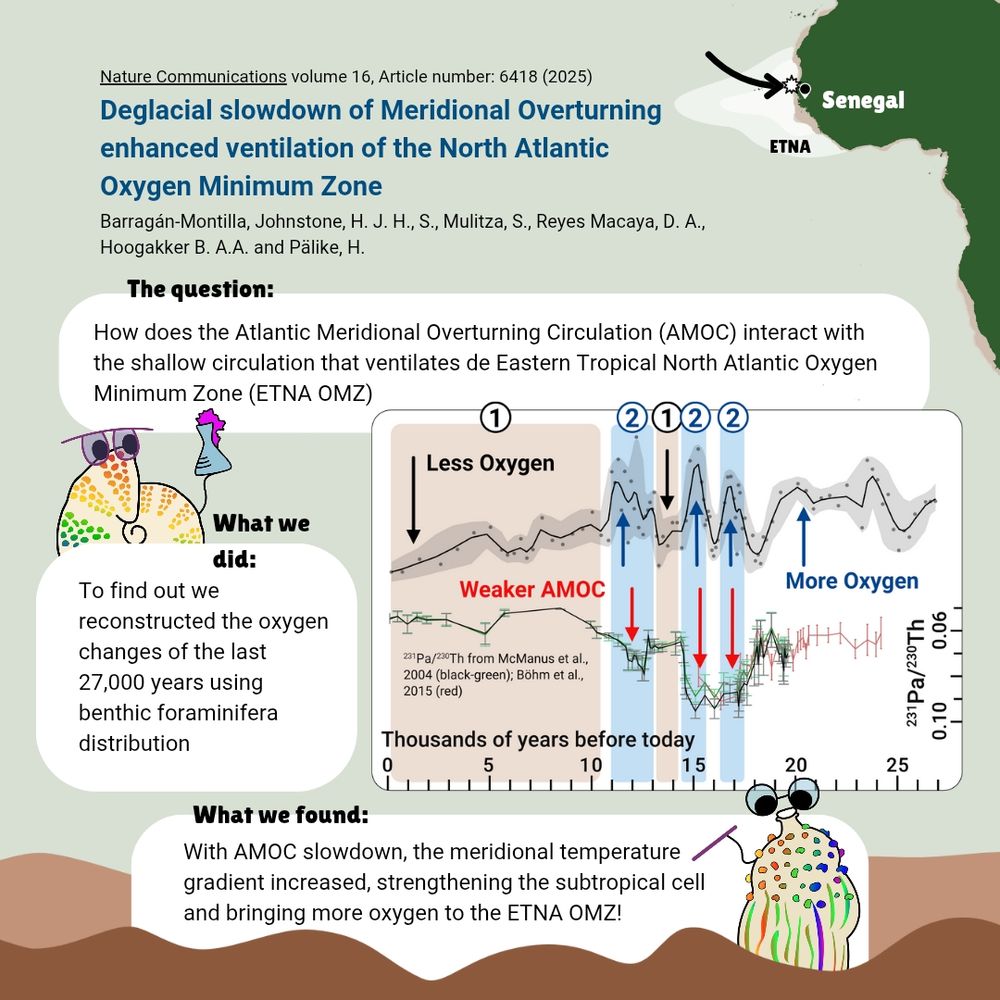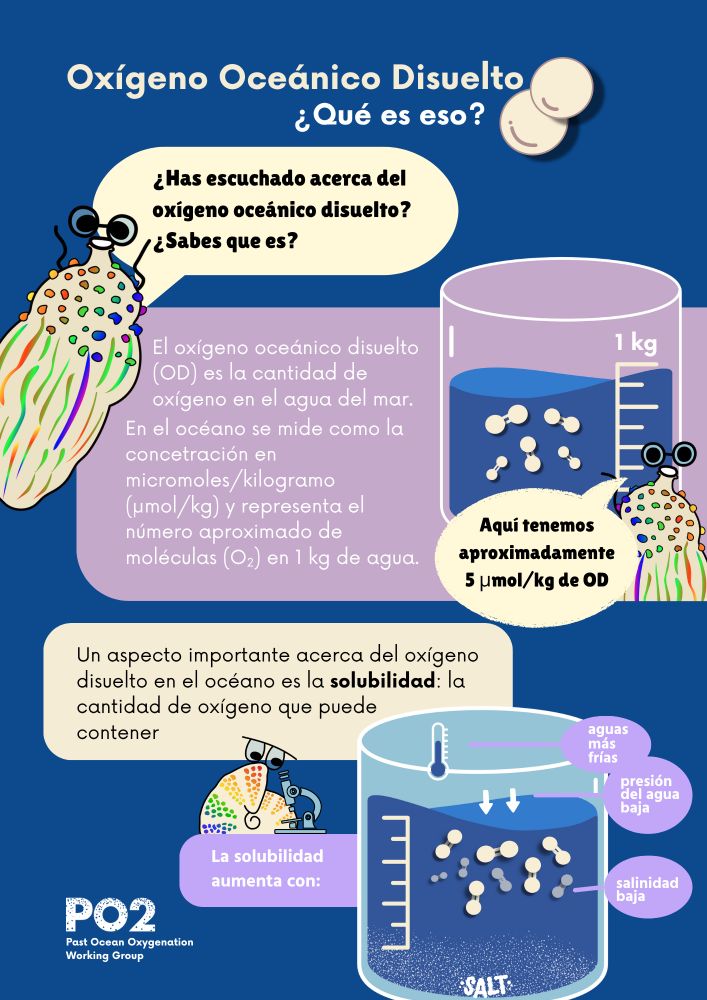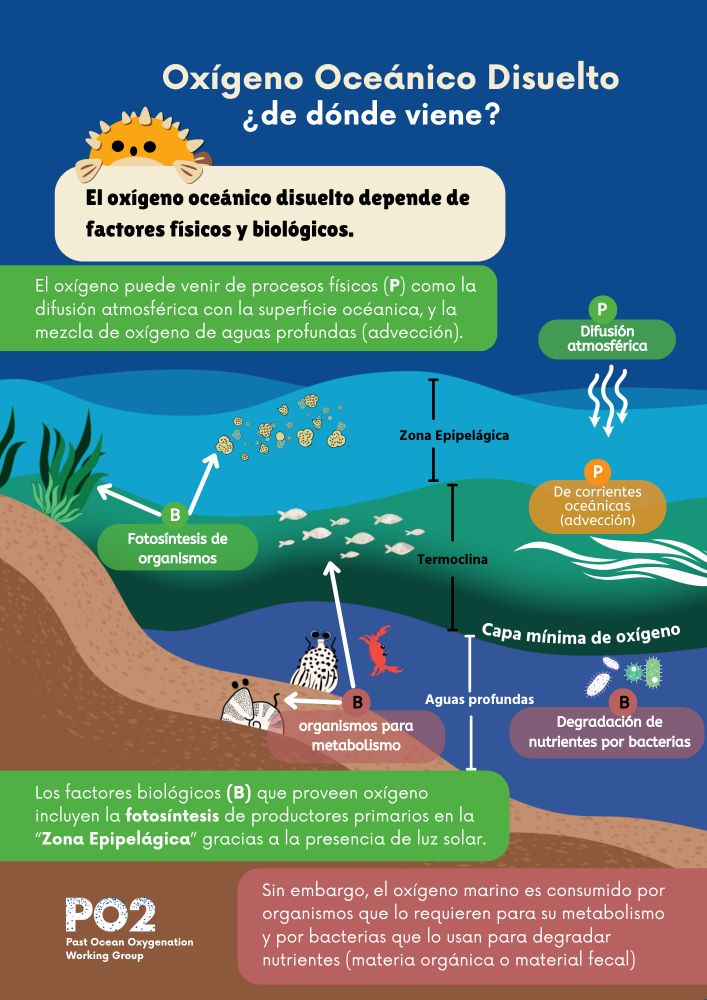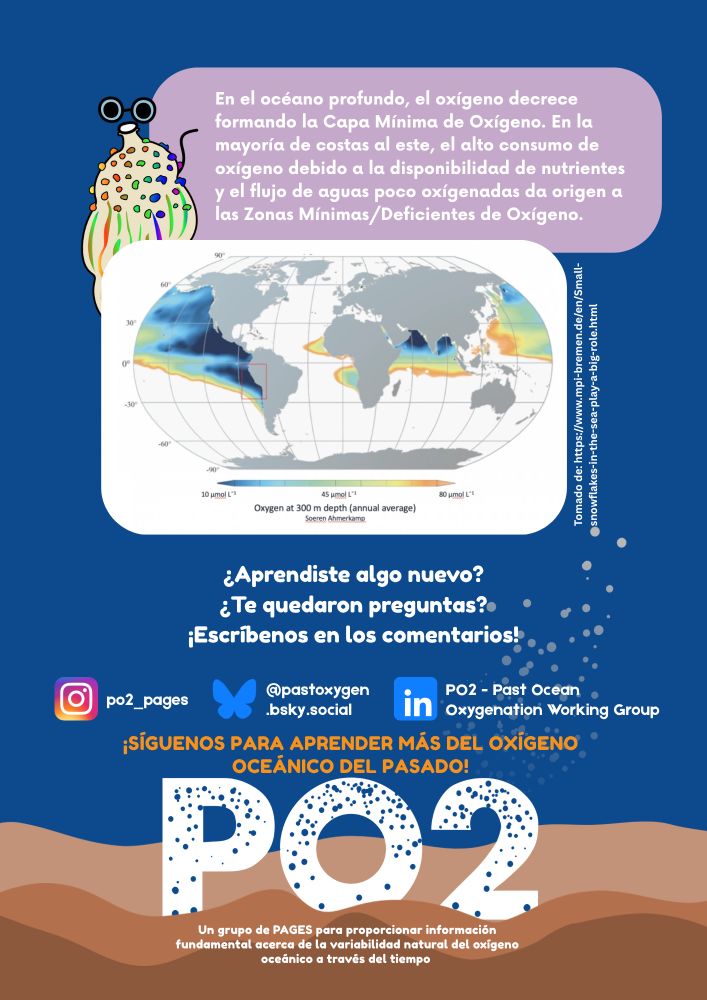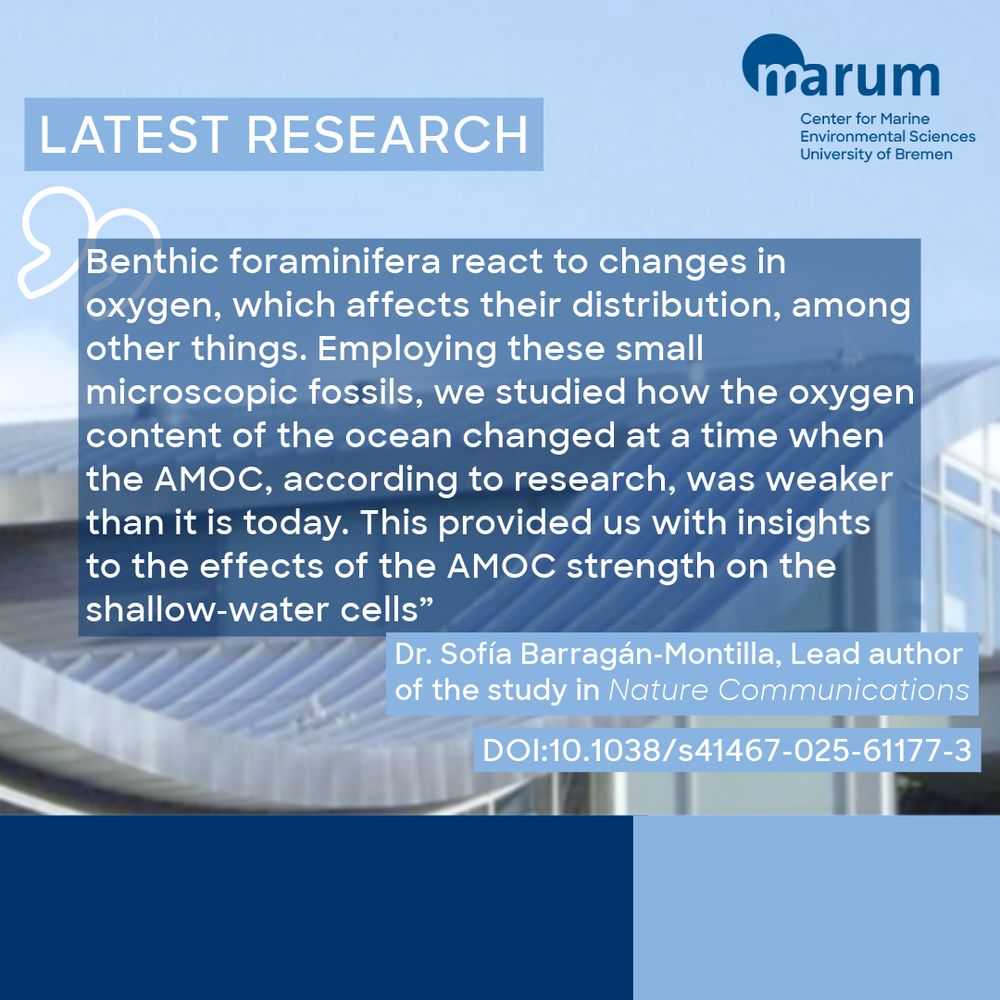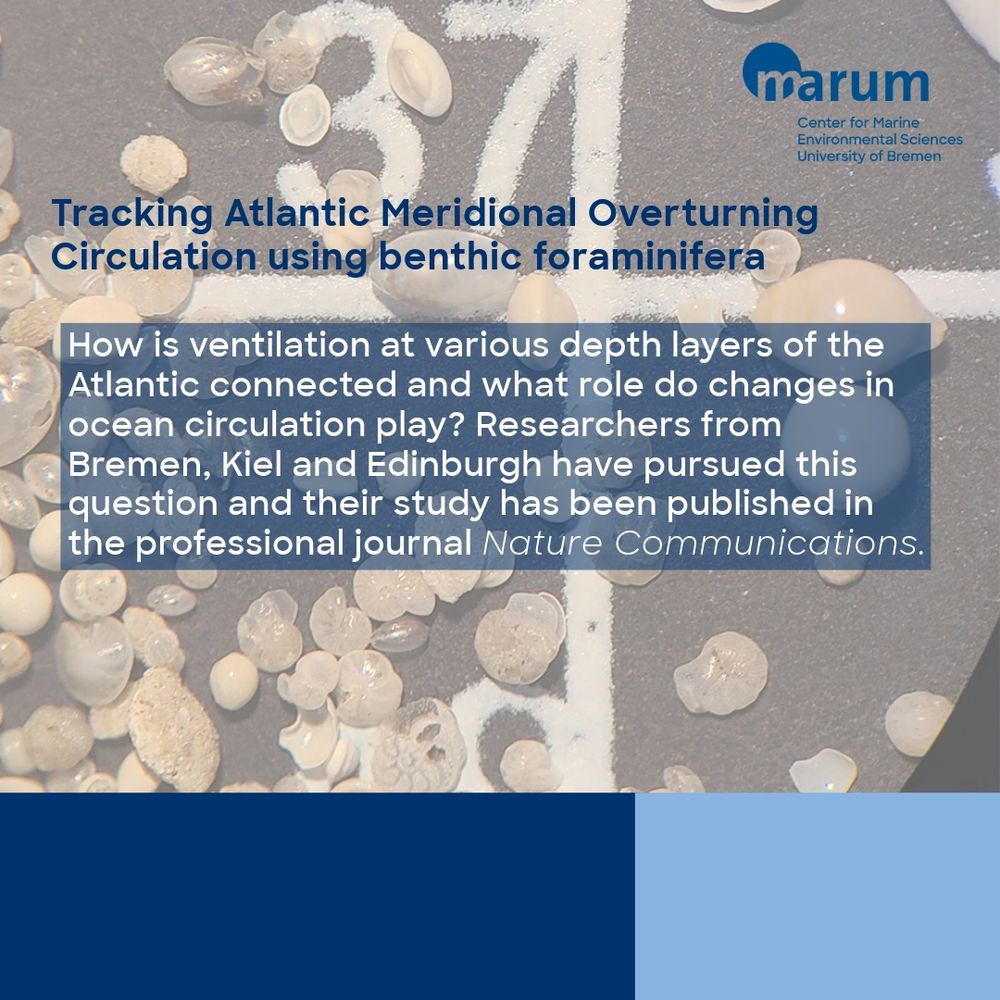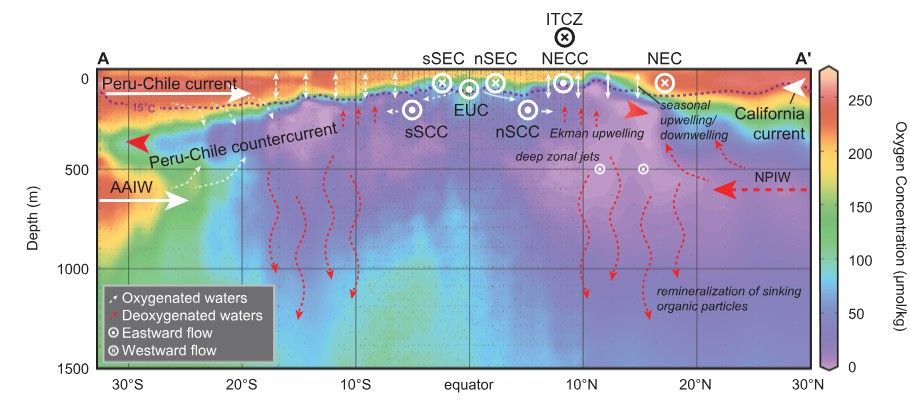PO2 - Past Ocean Oxygen Working Group
@pastoxygen.bsky.social
50 followers
9 following
43 posts
The working group’s scientific goal is to provide crucial insights into the natural variability of seawater dissolved oxygen concentrations during key time periods in the geological record.
Posts
Media
Videos
Starter Packs
Pinned
Reposted by PO2 - Past Ocean Oxygen Working Group
Reposted by PO2 - Past Ocean Oxygen Working Group
Reposted by PO2 - Past Ocean Oxygen Working Group
Reposted by PO2 - Past Ocean Oxygen Working Group
Reposted by PO2 - Past Ocean Oxygen Working Group
Reposted by PO2 - Past Ocean Oxygen Working Group
Reposted by PO2 - Past Ocean Oxygen Working Group
Reposted by PO2 - Past Ocean Oxygen Working Group

